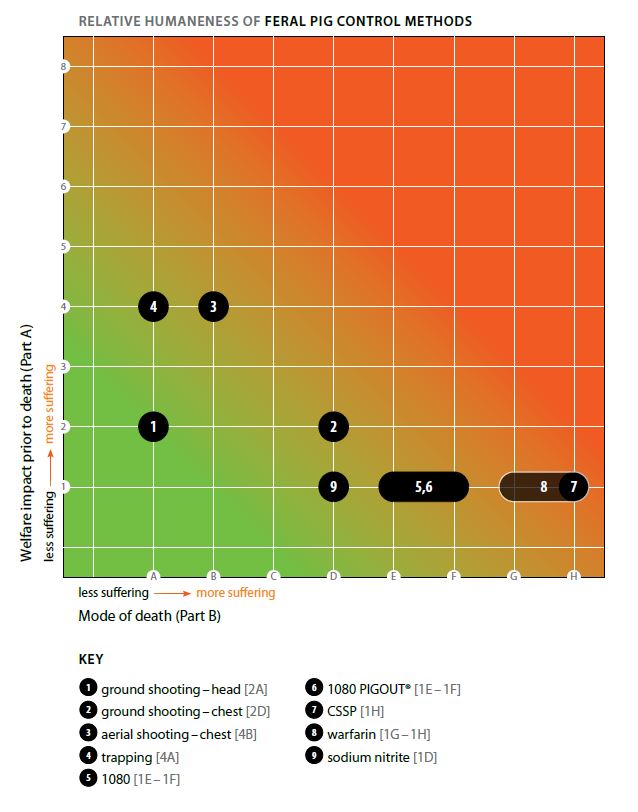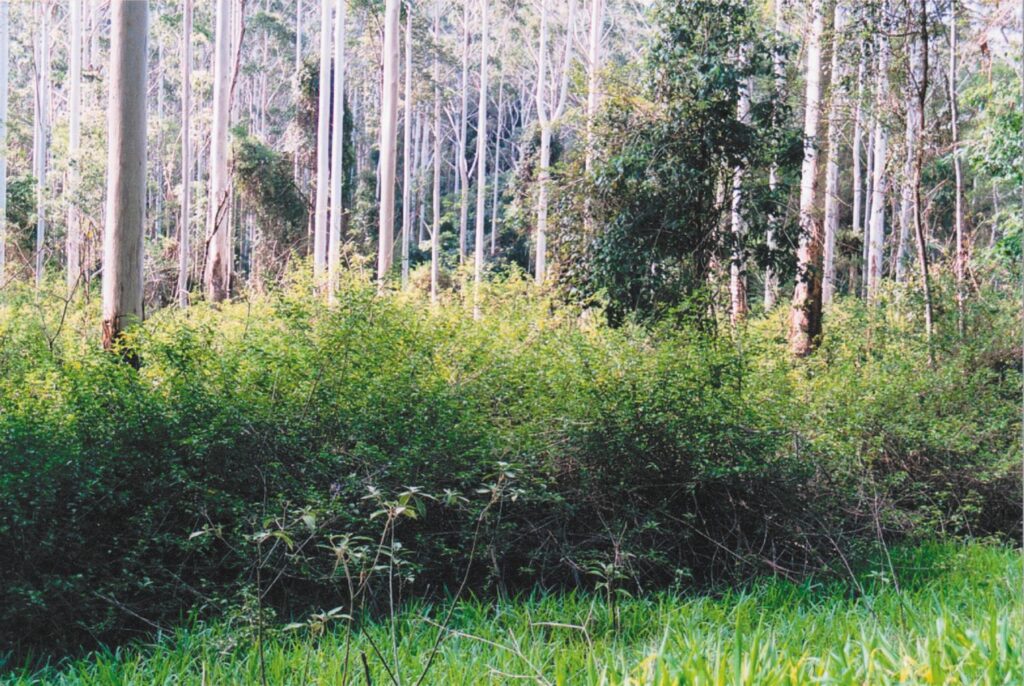Research Spotlight: CISS Chronicle April 2025
Humane management of invasive species
A case study developed by the Centre featured in the March edition of the Department of Agriculture, Fisheries and Forestry’s Australian Animal Welfare Strategy newsletter, highlighting Australia’s commitment to integrating animal welfare into invasive species control.
Invasive species have contributed to over 30 extinctions and cost Australian agriculture nearly $1 billion annually. The case study focuses on humane feral pig management, exploring the development of national codes of practice and standard operating procedures to guide control methods. It discusses reducing reliance on harmful toxins and introducing more humane alternatives like sodium nitrite.

This work supports the goals of the National Statement on Animal Welfare, balancing ethical treatment of pest animals with the need to protect native species and agricultural productivity. Read the full case study.
Invasives in the spotlight
In its first release of experimental National Ecosystem Accounts, the Australian Bureau of Statistics estimated the extent, condition and services provided by Australia’s ecosystems.
Among its multiple findings, it confirmed the ongoing spread of feral animal and weed species. For example, it found New South Wales has the highest number of feral mammal species in Australia, with 18 different types.
The report also confirmed that Weeds of National Significance observations has increased in every Australian jurisdiction between 2010 and 2020.





